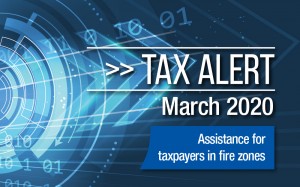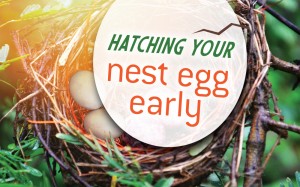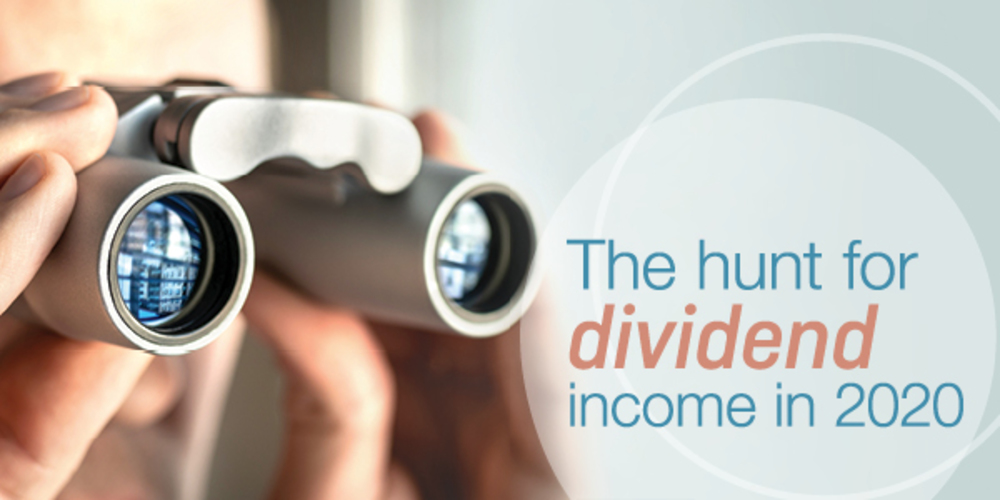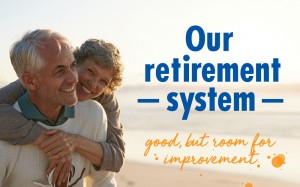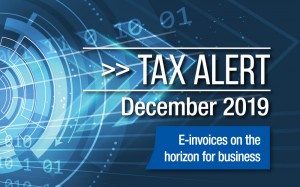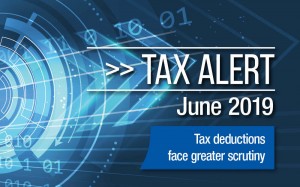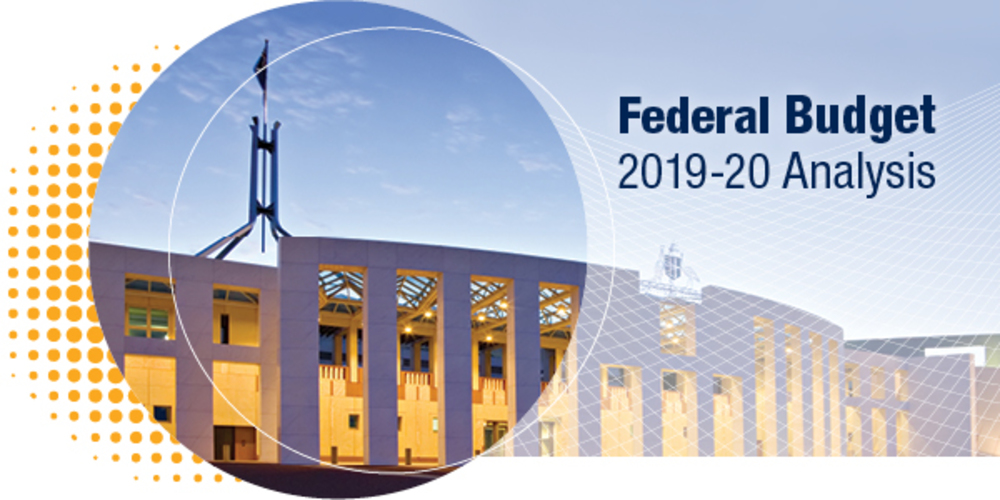It’s September and spring is in the air. It’s time to shake off the winter cobwebs, get out into the garden or the great outdoors. It’s also a good time to plan your summer break.
August was a challenging month for investors. Global markets reacted negatively to an escalation in the US-China trade war and the looming no-deal Brexit. US economic growth slowed to an annual rate of 2 per cent in the June quarter, down from 3.1 per cent the previous quarter. China’s economy is also slowing – industrial production, retail sales and fixed asset investment all recorded lower growth in the year to July.
To stimulate the US economy, the US Federal Reserve cut rates by 25 basis points, the first cut since 2008. US short-term bond yields rose as did the US dollar, but shares fell around the globe. In the US, shares were down around 2 per cent for the month while Australian shares shed 3 per cent. The Hong Kong market fell more than 7 per cent as protests continued and UK shares fell 5 per cent on Brexit worries.
In Australia, most companies reported positive earnings for the 2019 financial year, but only a little over half managed to lift profits. One challenge is retail spending, up 0.2 per cent in the year to June, the weakest in 28 years. The NAB business confidence index rose in July, but the business conditions index fell to 2.4 points (the long-term average is 5.8 points).
On the bright side, Australia’s trade surplus hit a new record high of $49.9 billion in the year to June. The Australian dollar finished the month lower at around US67c, which should support our exporters.
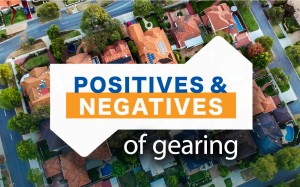
Positives and negatives of gearing
Negatively gearing an investment property is viewed by many Australians as a tax effective way to get ahead.
According to Treasury, more than 1.9 million people earned rental income in 2012-13 and of those about 1.3 million reported a net rental loss.
So it was no surprise that many people were worried about how they would be affected if Labor had won the May 2019 federal election and negative gearing was phased out as they had proposed. With the Coalition victory, it appears negative gearing is here to stay.
While that may have brought a sigh of relief for many, negative gearing is not always the best investment strategy. Your individual circumstances will determine whether negative gearing is advisable. For many, it may pay to positively gear.
So, what is gearing?
Basically, it’s when you borrow money to make an investment. That goes for any investment, but property is where the strategy is most commonly used.
If the rental returns from an investment property are less than the amount you pay in interest and outgoings you can offset this loss against your other assessable income. This is what’s called negative gearing.
In contrast, positive gearing is when the income from your investment is greater than the outgoings and you make a profit. When this occurs, you may be liable for tax on the net income you receive but you could still end up ahead.
While negative gearing may prove tax effective, it’s dependent on the after-tax capital gain ultimately outstripping your accumulated losses.
The importance of capital gains
If your investment falls in value or doesn’t appreciate, then you will be out of pocket. Not only will you have lost money on the way through, but you won’t have made up that loss through a capital gain when you sell.
That’s the key reason why you should never buy an investment property solely for tax breaks.
But if the investment does indeed grow in value, then as long as you have owned it for more than 12 months you will only be taxed on 50 per cent of any increase in value.
When it pays to think positive
If you are retired and have most of your money in superannuation, negative gearing may not be so attractive. This is because all monies in your super are tax-free on withdrawal. And thanks to the Seniors and Pensioners Tax Offset (SAPTO), you may also earn up to $32,279 as a single or $57,948 as a couple outside super before being subject to tax.
It makes more sense to negatively gear during your working years with the aim of being in positive territory by the time you retire so you can live off the income from your investment.
While buying the right property at a time of your life when you are working and paying reasonable amounts in tax may make negative gearing a good option, sometimes positive gearing may still be a better strategy.
Case study
ASIC’s MoneySmart website compares two people each on an income of $70,000 a year. They each buy an investment property worth $400,000, paying 6 per cent interest. Additional expenses are $5000 a year while the rental income is $500 a week.
Rod negatively gears, borrowing the full purchase price; Karen is positively geared with a loan of $100,000. In terms of annual net income, Rod who negatively geared is worse off than if he had not invested in a property at all, with net income of $52,868.
Positively geared Karen ended up $10,000 ahead, with net income for the year of $64,433.
Of course, if his property grows in value over time, Rod should ultimately recoup some or all these extra payments.
Claiming expenses
If you do negatively gear, then it’s important that you claim everything that’s allowed and keep accurate records.
For investment property, this includes advertising for tenants, body corporate fees, gardening and lawn moving, pest control and insurance along with your interest payments.
If you want to know whether negative gearing is the right strategy for you, then call us to discuss.
Read more
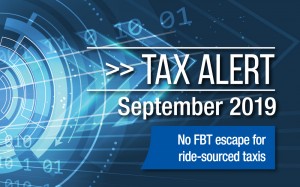
Tax Alert September 2019
The landscape of Australia’s personal income tax system has changed significantly following the passage of the Morrison Government’s tax legislation through the Parliament.
Here’s a roundup of some of the other recent developments in the world of tax.
Tax reform legislation passes
Many Aussies are receiving a larger tax refund following passage of The Treasury Laws Amendment Act 2019, which made law the three-stage income tax cuts announced in the 2019–20 Federal Budget.
The new legislation increases the base and maximum amounts of the Low and Middle Income Tax Offset (LMITO) for the period 2018-19 to 2021-22.
It also lifts the top threshold of the 19 per cent income tax bracket from $41,000 to $45,000 from 2022-23 and reduces the 32.5 per cent tax rate to 30 per cent from the 2024-25 financial year.
Guidance on FBT exemption for taxis
Employers need to take note of new guidance released by the ATO clarifying that the existing FBT exemption for employee taxi travel does not extend to ride-sourcing services such as Uber. Unlike its previous view, the ATO has now stated the FBT Assessment Act limits the definition of ‘taxi’ to a vehicle licensed to operate as a taxi by the relevant state or territory. This definition of taxi travel is different to the one used for GST purposes.
Employee travel is still eligible for FBT relief if it involves a traditional taxi service used for a single trip beginning or ending at the employee’s place of work, or if the travel is due to employee sickness or injury.
Tip-offs likely to grow with new hotline
After a record 70,000 tip-offs were received by the ATO during 2018-19, the introduction of its new Black Economy Hotline and Tax Integrity Centre (TIC) is likely to see this number rise further.
From 1 July 2019, Australians can report known or suspected tax evasion, black economy and phoenix activities via an ATO website tip-off form, the ATO app, or the new Black Economy Hotline (1800 060 062).
Behaviours such as demanding or paying for work cash-in-hand to avoid tax, not reporting or under-reporting income, underpayment of wages, ID fraud, sham contracting arrangements, GST fraud and money laundering can all be reported.
No deductions for unreported employee payments
The tax man is reminding employers that unreported cash-in-hand payments made to workers after 1 July 2019 are no longer eligible for tax deductions. In addition to the loss of a tax deduction, employers not complying with their PAYG withholding obligations may be penalised.
The new rules cover payments to employees not complying with PAYG withholding obligations as well as payments to contractors who do not provide an ABN where tax is not withheld. The change affects payments made during 2019-20 and all subsequent financial years.
As an employer, if you fail to withhold or report your PAYG obligations and voluntarily disclose this before any compliance action is taken, you won’t lose your deduction. You may also be entitled to reduced penalties.
New luxury car tax thresholds
The luxury car tax (LCT) thresholds for cars imported, acquired or sold during 2019-20 have been announced by the ATO. If you buy a car with a GST inclusive value over the LCT threshold, the purchase attracts the 33 per cent tax.
For the 2019-20 financial year, the new threshold for fuel-efficient vehicles is $75,526, which is the same as in 2018-19. The LCT threshold for other cars is $67,525, up from the 2018-19 limit of $66,331.
Escape Australia, not your student debt
Expats are being contacted by the tax man to remind them that heading offshore doesn’t mean leaving their student loans behind.
Under new rules, student debtors with an income contingent loan travelling overseas need to notify the ATO of their new address and lodge an overseas travel notification. They are also required to report their worldwide income if they earn $11,470.
Read more

How super is your life insurance?
For most people, life insurance provides a safety net against unexpected events. This is particularly the case if you have a mortgage, debts or family who are dependent on you earning an income.
In many cases, life insurance has been automatically offered through superannuation. Although 85 per cent of people hold life insurance this way, a recent survey found one third of them don’t even realise.i
Now some super members may have lost their insurance cover and may not be aware of it.
Millions could lose cover
Concern that super balances were being eroded through insurance premiums and fees has led the government to introduce Protecting your Superannuation legislation.
As a result, from July 1 this year your insurance cover is to be cancelled, if your fund has been inactive for more than 16 months.ii
Letters were sent towards the end of the financial year to those with inactive funds, advising you to contact your fund to make a contribution or risk losing your life cover.If you didn’t respond, your life insurance policy may have been cancelled.
It’s estimated that up to 3 million super members may have been affected.iii And while you can buy a new life insurance policy, you may not be able to reactivate your previous one unless your fund offered an extension of the deadline to reactivate cover. If not, you may have to face a medical examination and/or pay higher premiums in order to take out a new policy.
Younger members to opt-in
It is also proposed (although not yet legislated) that new superannuation fund members who are aged under 25 will no longer be given automatic life insurance cover as they have in the past. Instead, they would be given the opportunity to opt in to cover.
The argument in favour of this move is that young people with no responsibilities, have nothing to insure. But once you buy a home, get married or become a parent, the need for life insurance becomes paramount.
As you get older, once the family has flown the nest and you have paid off all your debts, the need for life insurance may reduce. However, with a blended family, a life insurance policy in super can prove a good financial strategy to ensure the right beneficiaries receive your money. That’s because superannuation ‘death benefits’ don’t form part of your Will but are paid out separately to your nominated beneficiaries.
SMSFs may also be caught out
Up until now, some self-managed super fund members have deliberately kept a public offer super fund active to take advantage of the cheaper insurance. But as stated above, if that public offer fund is inactive and an election to maintain cover has not been made, then cover may be lost.
The beauty of having life insurance in super is that the premiums are generally cheaper because you are charged at a group rate. In addition, it won’t affect your cashflow as premiums come out of your super. Of course, that is the point of this legislation. The monies available for investment to build your balance for retirement may be eroded through those very premiums.
Another precautionary note is that it may be harder to access a payout through super if you need to make a claim. If you haven’t correctly nominated a beneficiary in your super, then it is the trustees who decide who receives the payout. And because the insurer makes the payment via the fund, this can also take longer.iv
What happens next?
As part of the Protecting your Super changes, inactive funds with balances less than $6000 will see the monies transferred to the Australian Taxation Office. The ATO will then endeavour to amalgamate this money with an active superannuation fund of yours or hold the money for you until it is claimed.
If this happens, investment returns on the money held by the ATO may be significantly less than if you invested through your super.v
Don’t wait until you need to make a claim to discover you don’t have any insurance cover after all. If you have any questions about the changes or your insurance needs in general, give us a call.
i https://www.superannuation.asn.au/media/media-releases/2019/joint-media-release-10-june-2019
ii https://firststatesuper.com.au/member/super/manage-super/protect-your-super
iii https://www.superannuation.asn.au/media/media-releases/2019/joint-media-release-10-june-2019
iv https://www.moneysmart.gov.au/superannuation-and-retirement/how-super-works/insurance-through-super
v https://www.ato.gov.au/Individuals/Super/Growing-your-super/Keeping-track-of-your-super/ATO-held-super/
Read more




